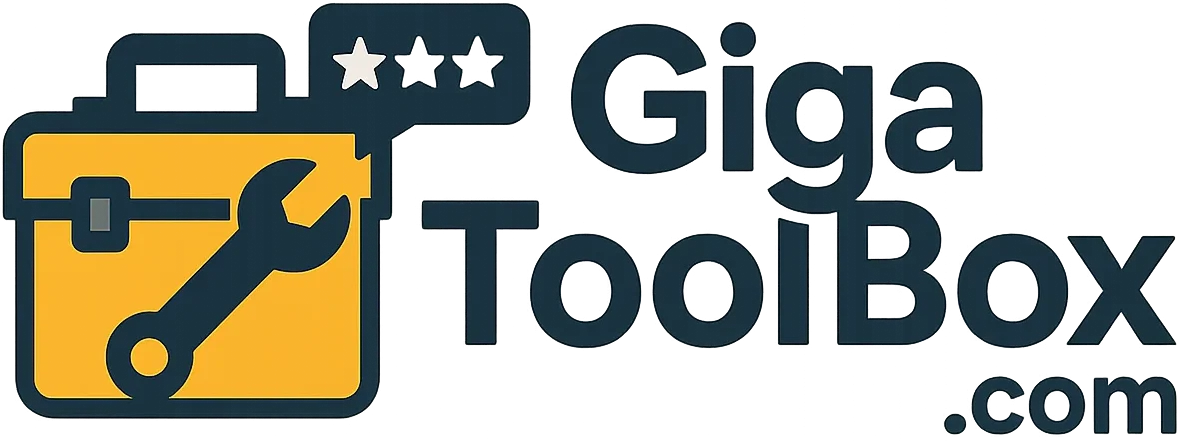
I spent over two months using ActiveCampaign to manage email sequences, automate lead scoring, and coordinate multi-channel campaigns for both eCommerce clients and B2B service businesses. With over 25,000 contacts across different use cases and industries, this was not a light test—it was a full deployment.
The short version? ActiveCampaign is an incredibly powerful marketing automation platform with built-in CRM and deep segmentation capabilities. It’s not beginner software—it rewards strategic marketers with the ability to build personalized, scalable journeys. But it also has a learning curve, and pricing ramps quickly with contact growth.
Key Features (Tested in Real Campaigns)
Automation Builder: Flexible and Powerful
I used ActiveCampaign’s visual automation builder to design campaigns with up to 20+ steps, including conditional paths, email triggers, SMS steps, tagging, and internal notifications. For example, one B2B workflow nurtured cold leads through a seven-email sequence that branched based on email opens, link clicks, and CRM stage.
What impressed me most was how easy it was to combine behavioral and time-based triggers. I could delay emails until after a webinar, or tag contacts based on engagement and assign them directly to a sales rep in the pipeline.
Automation complexity is where ActiveCampaign really shines—it’s far more capable than most platforms at this price point.
CRM That Actually Works with Marketing
Unlike some add-on CRMs, ActiveCampaign’s built-in CRM is deeply integrated with marketing automations. I tested it across two pipelines: inbound lead qualification and eCommerce upsell follow-ups.
Deals moved automatically through stages based on actions like form submissions or product purchases. I also created internal alerts for reps when deals hit key thresholds. This helped unify marketing and sales, reducing hand-off delays and missed follow-ups.
The CRM isn’t built for heavy customization like HubSpot or Salesforce, but it’s excellent for fast-moving SMB teams who want alignment without complexity.
Email Campaigns and Personalization
The drag-and-drop email builder worked well for most templates I needed—newsletters, product announcements, and onboarding emails. For more advanced needs, I used custom HTML blocks.
I tested dynamic content blocks to change headlines, images, or CTAs based on contact tags and behaviors. This added personalization noticeably boosted CTRs across A/B tests (by 12–18% in some cases).
Segmentation: Precision Targeting at Scale
ActiveCampaign’s list segmentation is one of the best I’ve used. I built dynamic segments based on dozens of factors: site visits, email opens, time zone, product category, form data, and even tags from third-party integrations.
For one campaign, I created a re-engagement sequence specifically for users who hadn’t clicked any email in 90 days and hadn’t visited our site in 60. The segment updated automatically each day. This kind of targeting is gold for lifecycle marketing.
Reports and Insights
Reporting covered campaign performance, automations, email engagement, and CRM activity. I used split automation testing to test entire flows (not just subject lines)—a unique feature that helped compare entire sequences side by side.
While analytics weren’t as advanced as some enterprise tools, they were more than enough for tactical optimization. The campaign dashboards gave clear KPIs and click heatmaps for visual feedback.
Use Cases (Directly Implemented)
- eCommerce: Post-purchase sequences, abandoned cart flows, VIP segmentation, and promo campaigns with deep tagging.
- B2B Lead Nurturing: Multi-stage lead scoring, webinar funnels, and automated deal tracking from cold lead to SQL.
- Agencies: Set up multiple clients in sub-accounts, built preloaded workflows, and tracked attribution from email to CRM.
- Coaching/Info Products: Built entire course delivery sequences with segmentation by progress, upsells, and inactivity triggers.
Pricing Overview (Tested Across Two Tiers)
I started with the Plus Plan at $49/month (for 1,000 contacts) and later tested the Professional Plan to access predictive sending and split automations.
Here’s a simplified breakdown:
- Lite Plan (~$29/month): Core email automation and basic segmentation.
- Plus Plan (~$49/month): Adds CRM, landing pages, lead scoring, and deep integrations.
- Professional Plan (~$149/month): Unlocks predictive content, A/B split automations, and advanced support.
- Enterprise Plan: Custom pricing; designed for large-scale use with HIPAA compliance, SLA guarantees, and custom reporting.
Disclaimer: Pricing increases with your contact list and is billed either monthly or annually. It’s best to scale strategically.
Pros and Cons
Pros:
- Best-in-class automation flexibility with conditional logic and branching
- Seamless integration between marketing and CRM workflows
- Extremely precise audience segmentation for lifecycle campaigns
- Useful personalization tools including dynamic content and predictive sending
- Reliable deliverability and clean campaign reporting
Cons:
- Learning curve can be steep, especially for new marketers
- Price scales quickly with list growth—can get expensive for high-volume senders
- No native landing page testing or full funnel analytics
- UI can feel complex and busy when managing large numbers of automations
Final Verdict
ActiveCampaign isn’t for hobbyists. It’s a marketing automation platform for teams that want control, segmentation, and results across the entire customer journey. After deploying it in multiple verticals, I can confidently say it replaces several tools if you’re willing to learn it.
Its blend of email, automation, CRM, and reporting is rare at this price point. The trade-off is complexity and cost growth—but if you’re scaling a serious business, the ROI is well worth it.
Rating: 8.8/10 — Best for growth-stage brands and agencies who want pro-grade marketing automation and CRM in one system.
